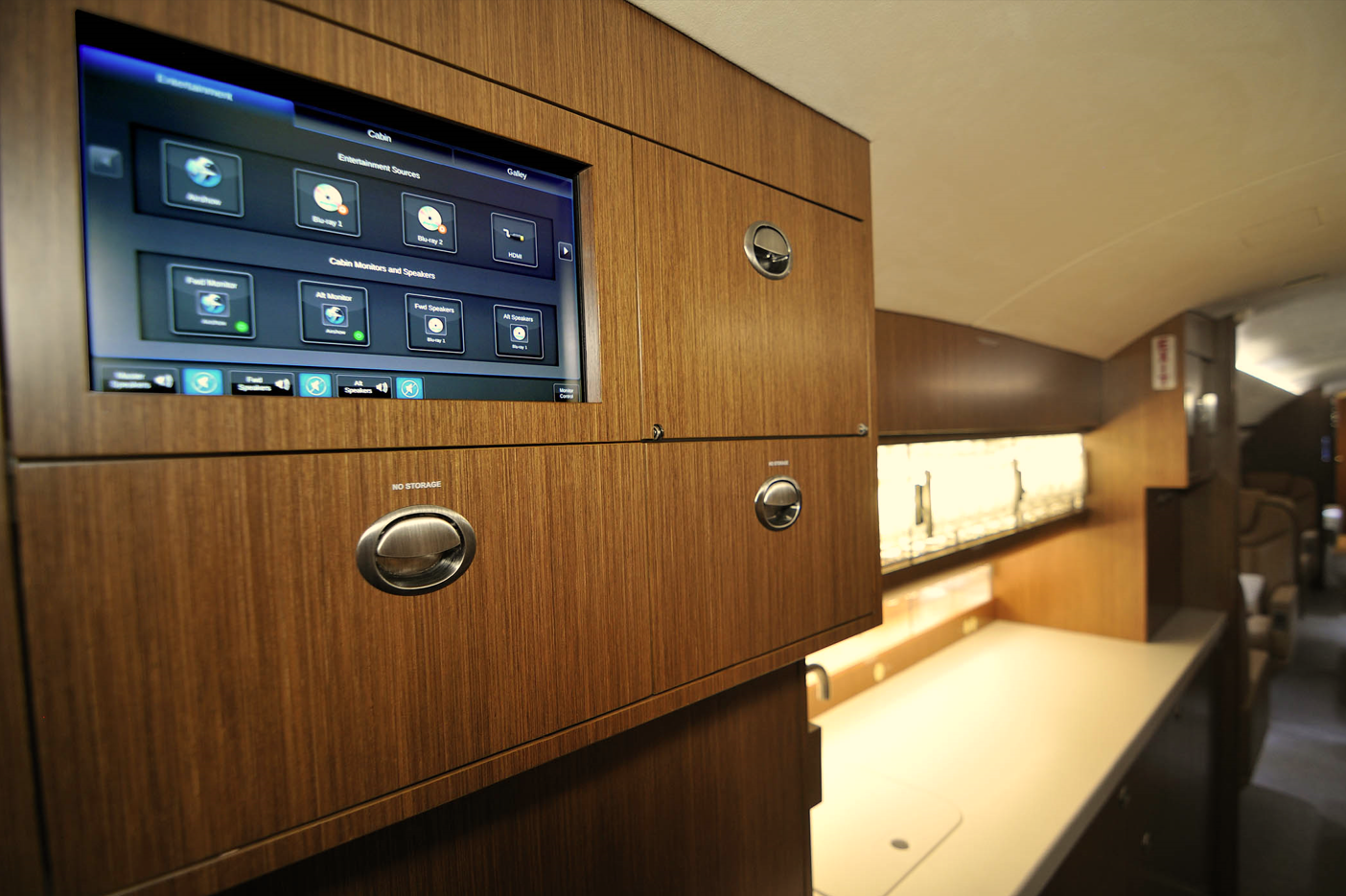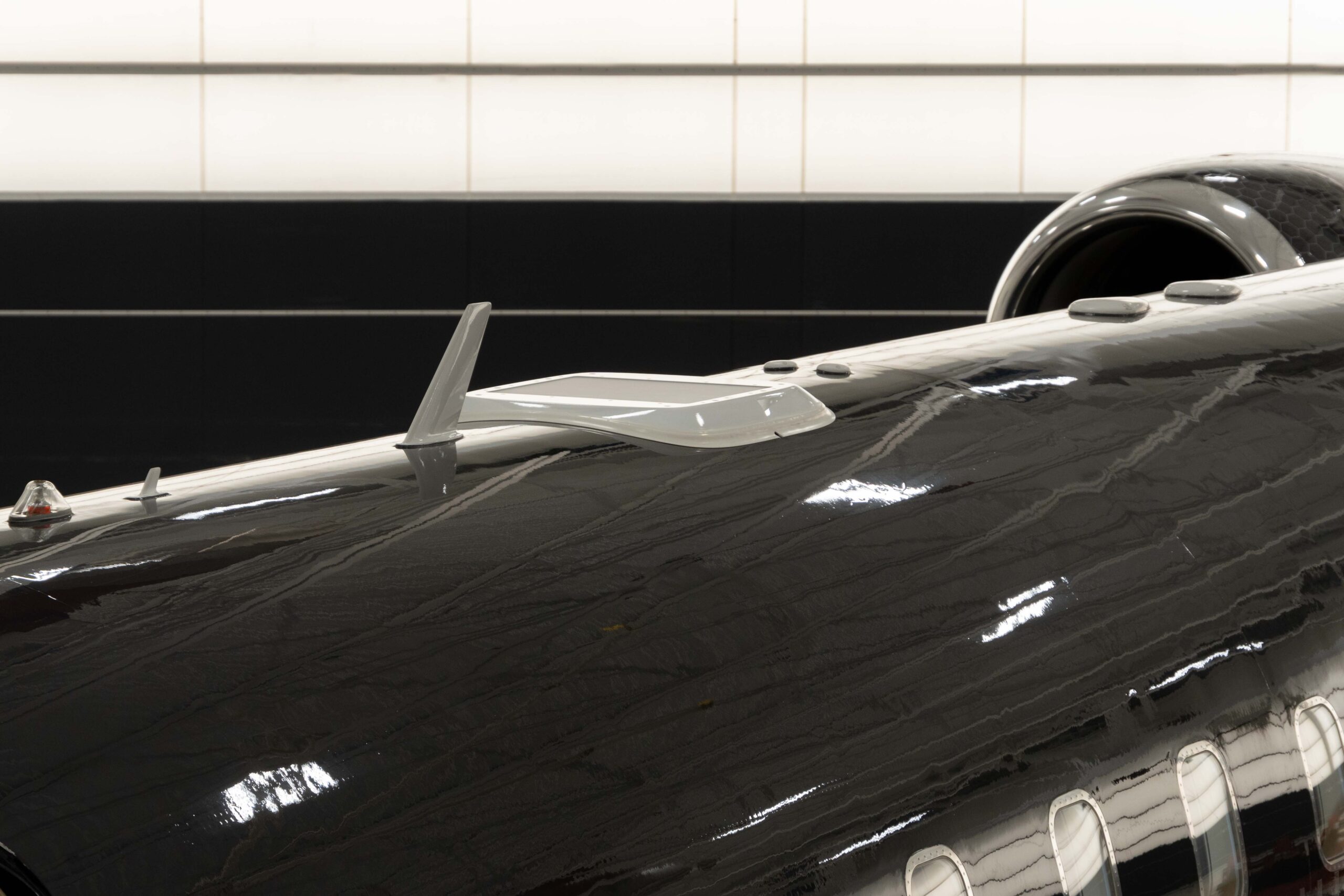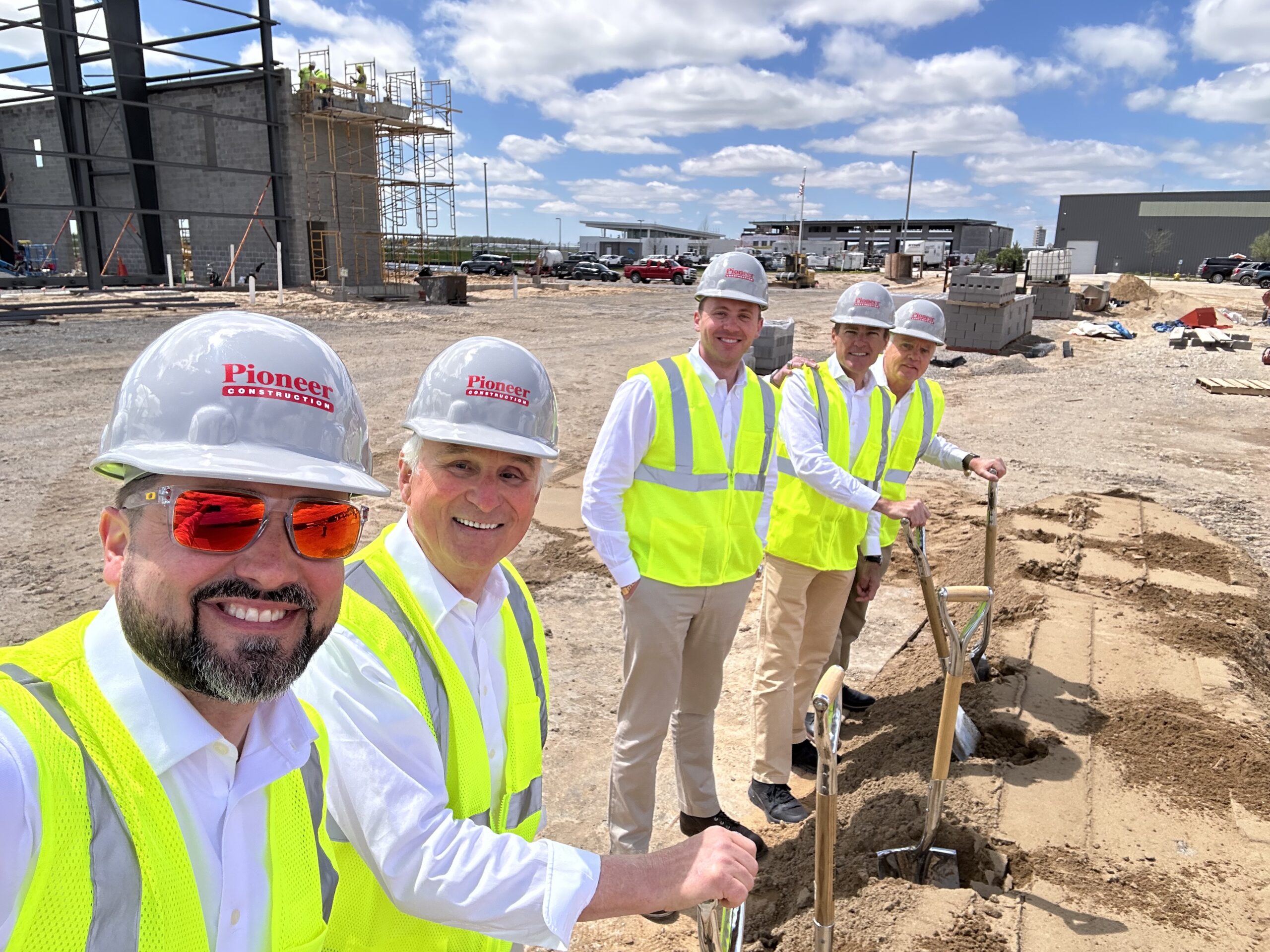2025 Predictions

With 2024 behind us, the inevitable question of what the new year will bring hangs in our minds. For business aviation flights, the common expectation has been quite similar to last year. Now that the industry has largely recovered from the pandemic, it only makes sense for the post-COVID growth to eventually plateau. That seems to be what we are seeing for this upcoming year. A January 24, 2025 article in Private Jet Card Comparisons indicated “North American private jet flight segments are expected to increase by 0.2% in 2025, according to the annual ARGUS TRAQPak forecast.”
So, at the very least, it is likely that business aviation growth should stay on par with last year. This trend would be expected to translate to the aircraft maintenance and upgrade marketplace as well. I have reason to believe, however, that other underlying factors of the industry may drive demand to a higher level than anticipated. There are two primary reasons for this: parts obsolescence and the continuous rise of LEO technology. While, perhaps, for opposite reasons, both of these factors are sure to greatly impact the amount of demand facing the industry this year.
First, the never-ending issue of parts obsolescence continues to complicate lead time and parts availability, which in turn, affects an owner’s ability to easily schedule maintenance and upgrades. This industry has also long relied on a ‘just in time’-esque inventory system, where parts are only ordered when needed. Though business aviation has survived off of this model, it is clearly impractical, and it can lead to unpredictable and inefficient downtime for maintenance and upgrade projects. This issue is entirely exacerbated by the limited number of MRO facilities
with the capacity to meet the demands for aircraft maintenance and upgrades. This is why I expect little to no growth in this sector of business aviation. Even though, I do predict that the prominence of LEO technology and parts obsolescence may create a larger demand than flat number of flight hours would predict.
While LEO technology is still early in its evolution, when it comes to our industry, this technology is practically in its infancy. Clearly, Starlink stands at the forefront of this innovation for aviation, however, Gogo will soon be joining the marketspace too, with other startup companies soon to follow. Because this technology is so new, it makes sense that installations will continue to expand throughout the year. While this is a positive for the industry, limited MRO capacity and inventory issues are going to make it more difficult to schedule downtime to adopt the new LEO technology.
Just a year ago, it was not uncommon to be able to schedule a Starlink installation within a couple of weeks. Now, however, it is unlikely to get into a facility within a couple of months or more. This highlights the severity of the issue. This has created a scenario in which the demand for installations and aircraft maintenance is strong enough that unplanned upgrades or maintenance visits will result in much longer lead-times than in the past. This issue of demand exceeding supply is something that I don’t see being corrected within the near term.
Now the real question is: How can aircraft owners avoid these delays in uptime over the course of this new year? To me, the answer is quite simple: proactivity. Finding a facility that can accomplish all of the maintenance, upgrades, and installations needed in a single downtime period and on a timetable that works for the owner is going to be paramount in 2025. Pre-planning is the key to ensuring the needs of aircraft operators will be accommodated in a timely manner. In fact, many MROs have already booked well into quarter 2, if not the whole year. For an aircraft owner in 2025, acting in advance will be the only way to guarantee that maintenance can be done in a timely manner.



